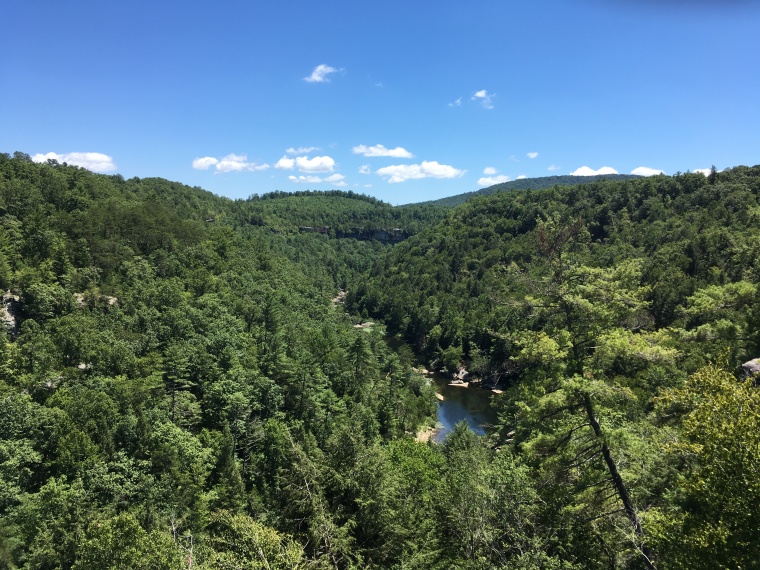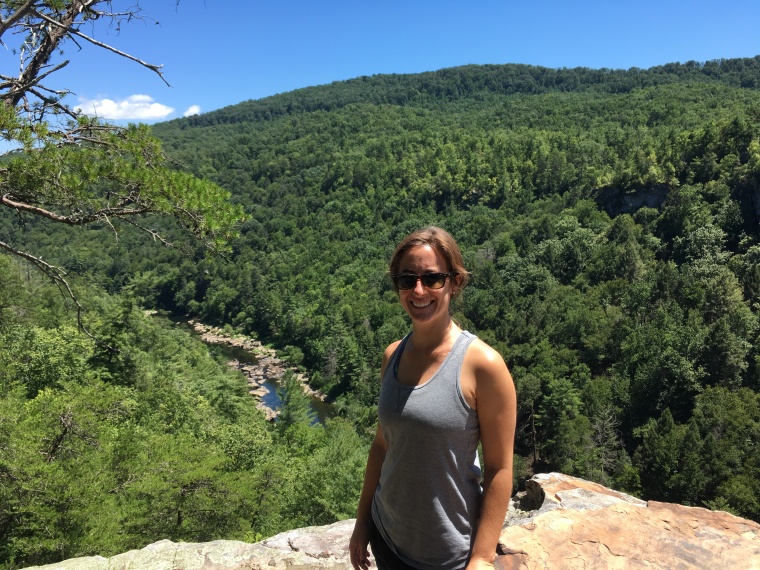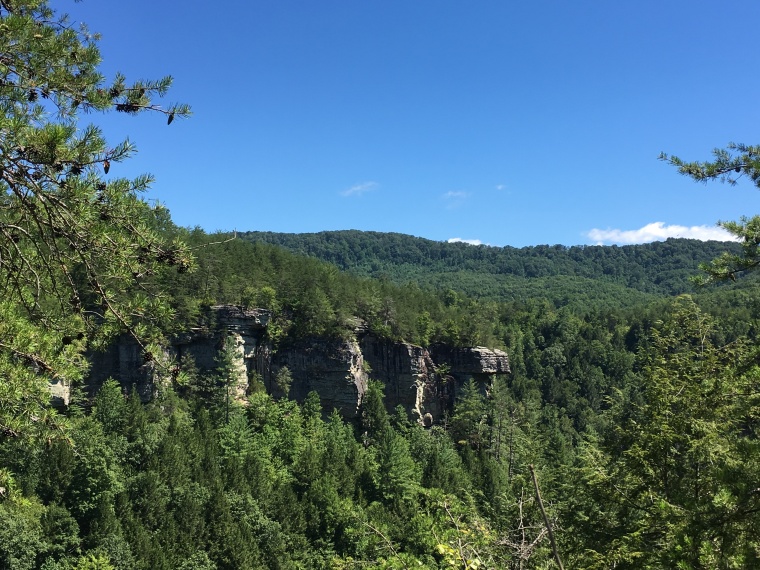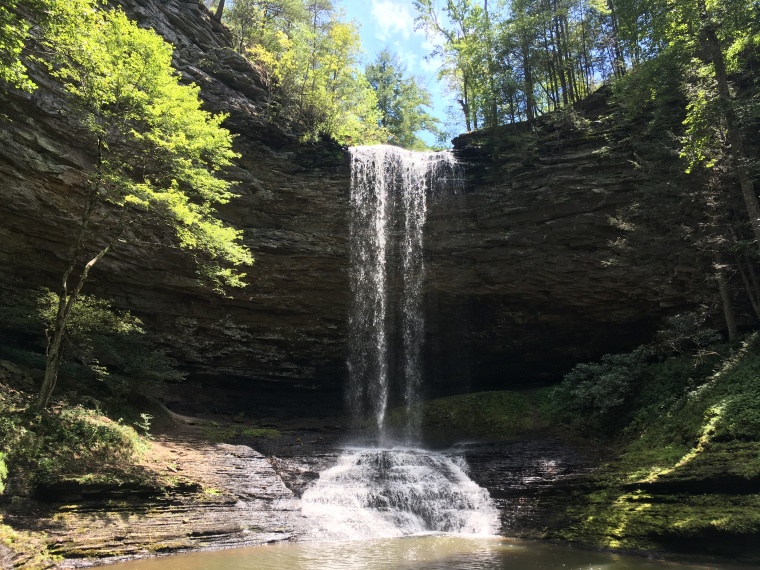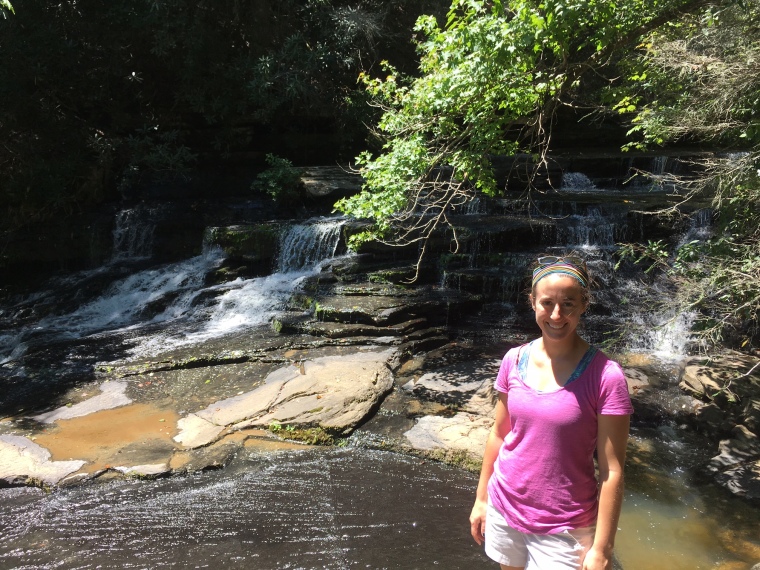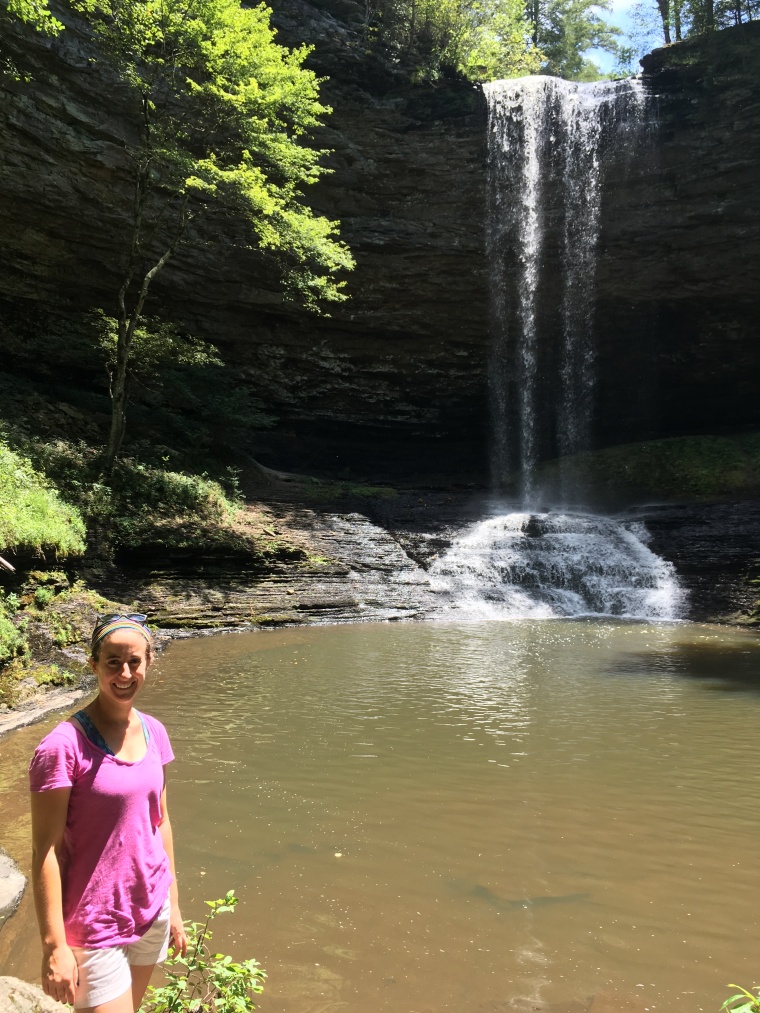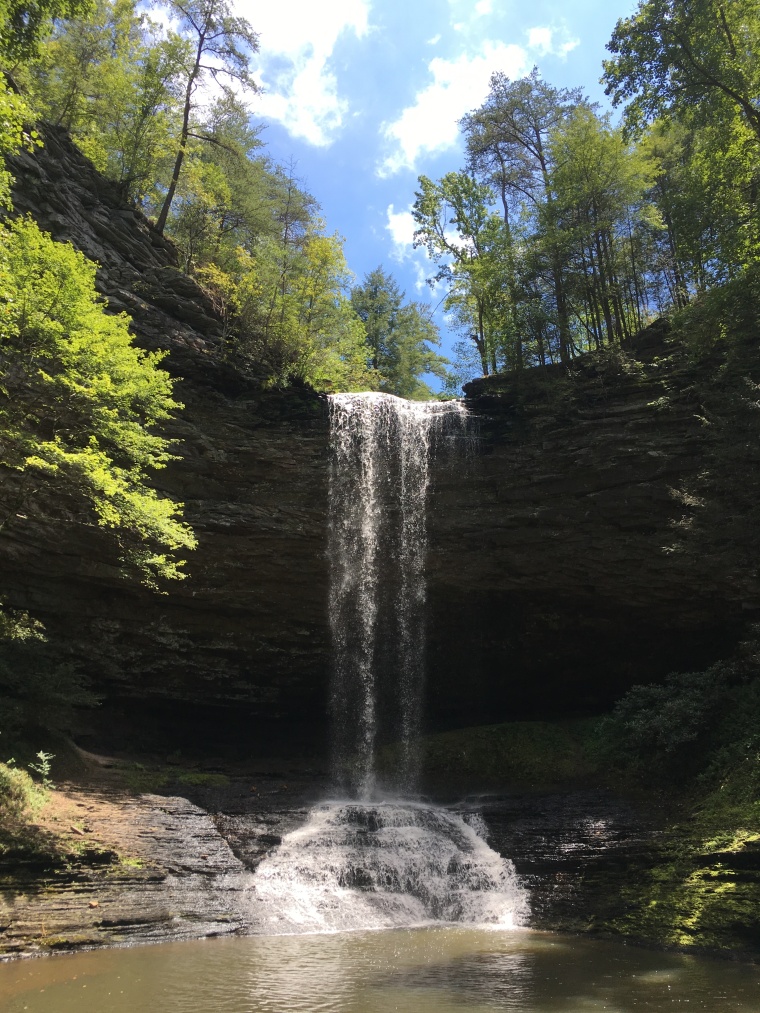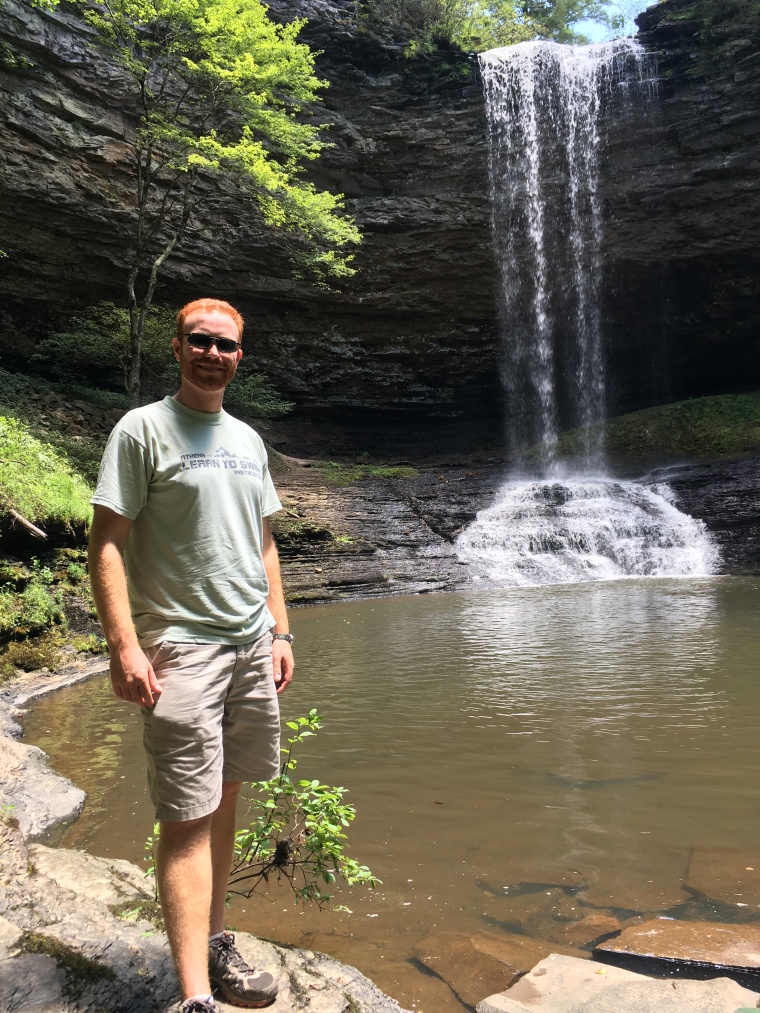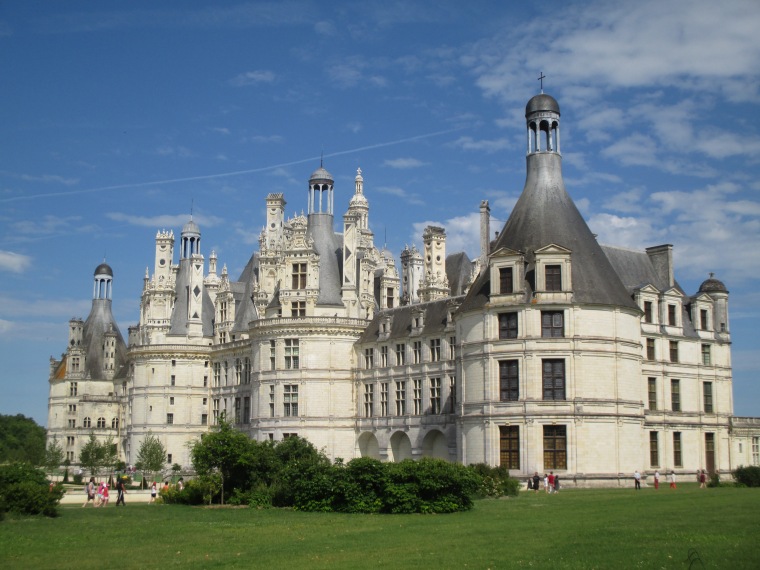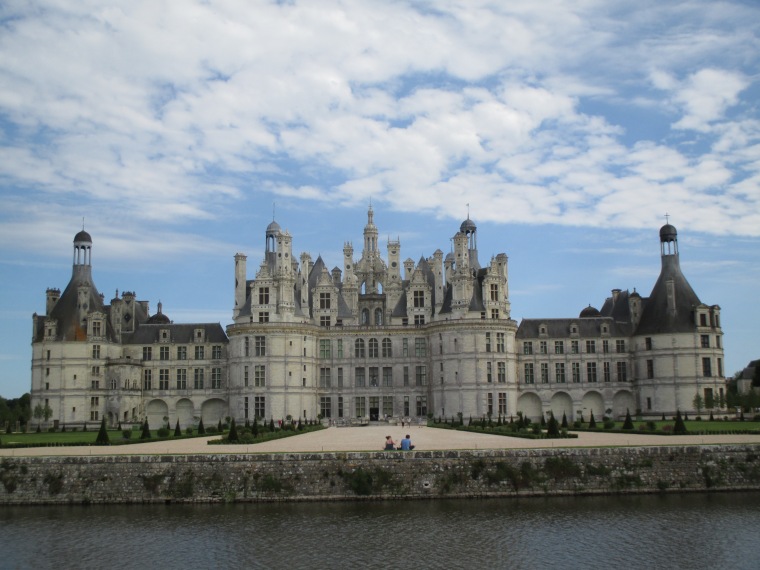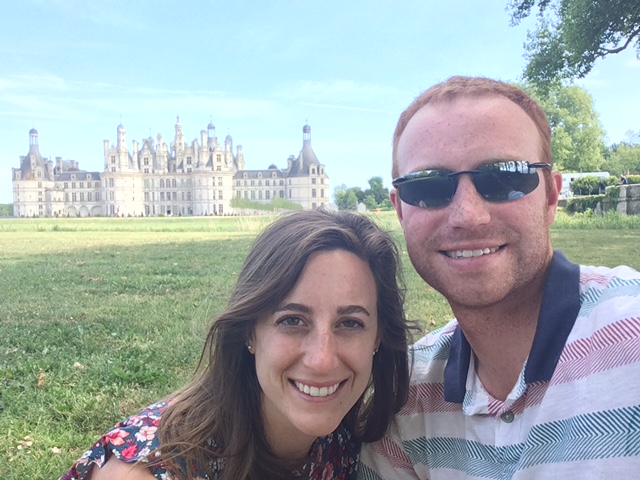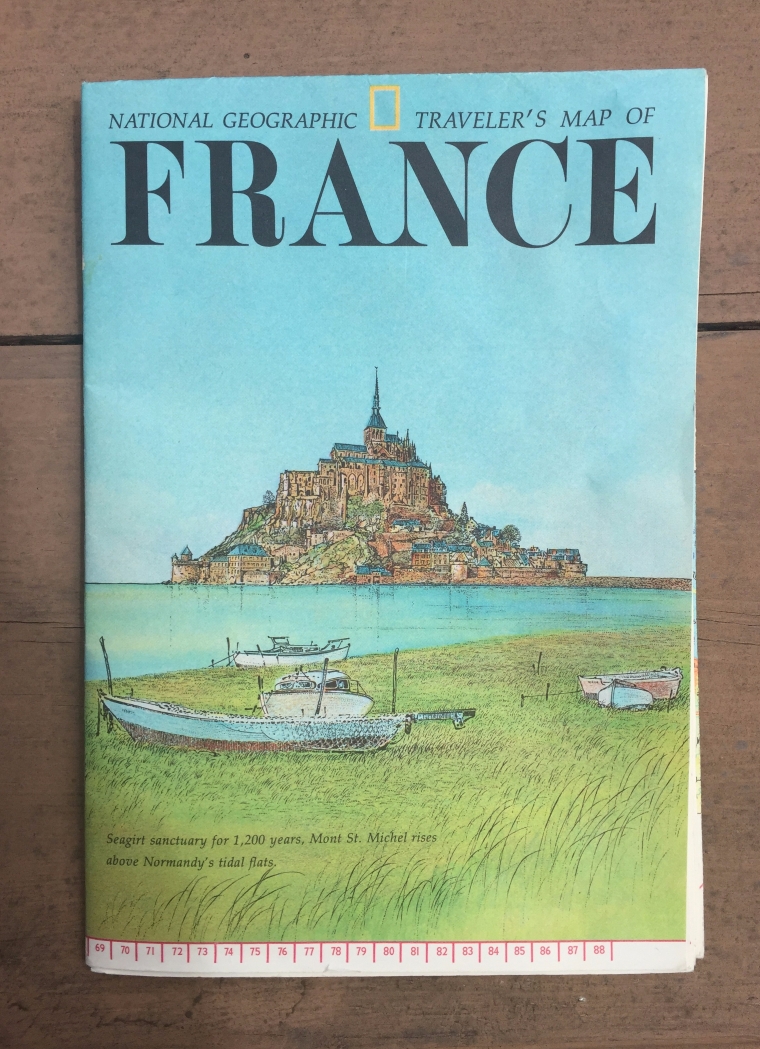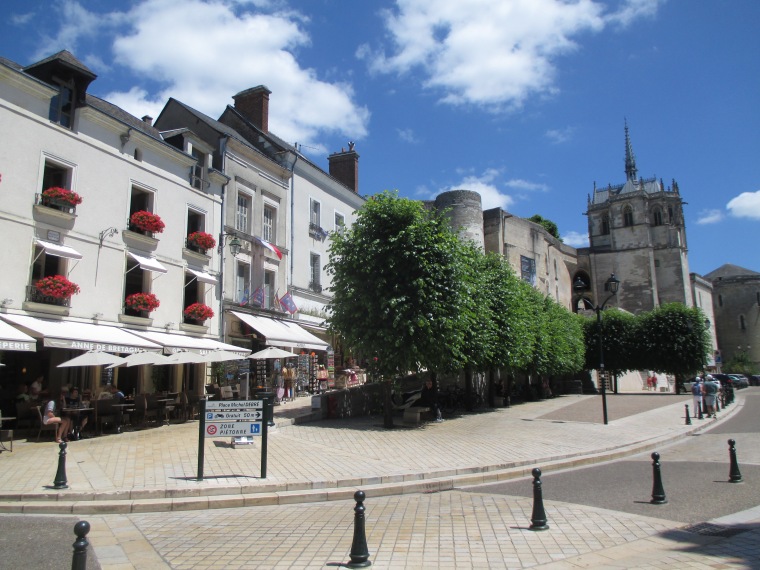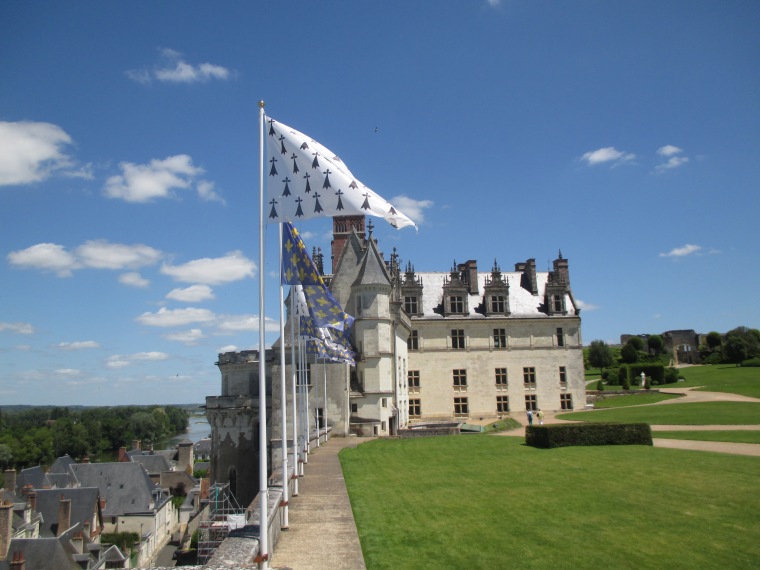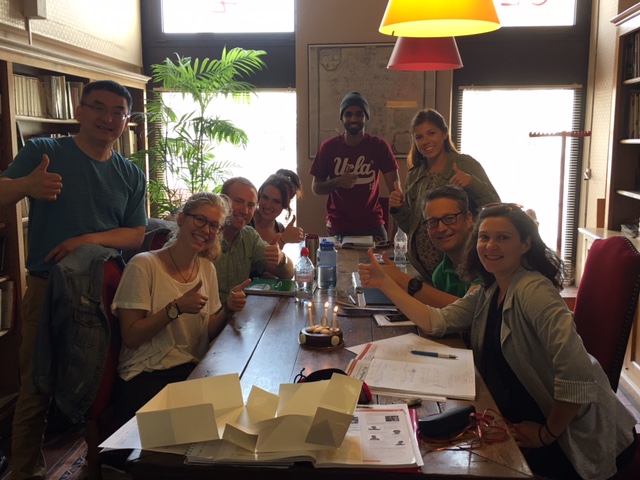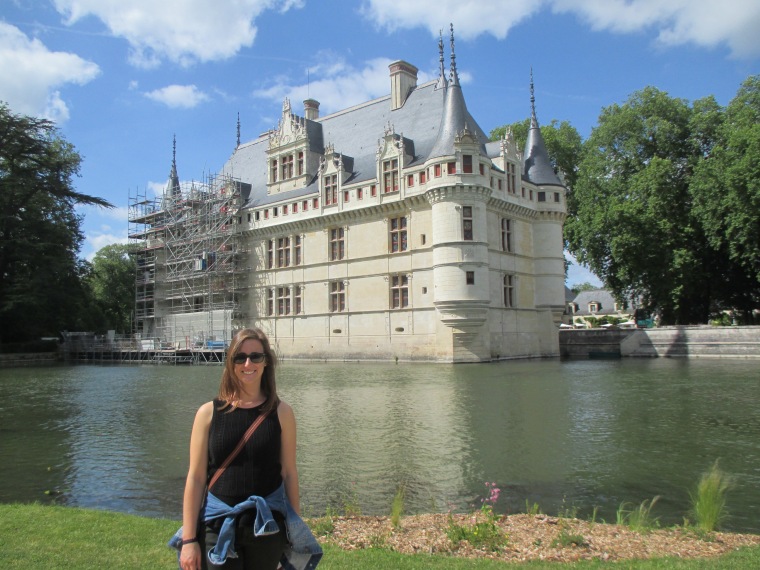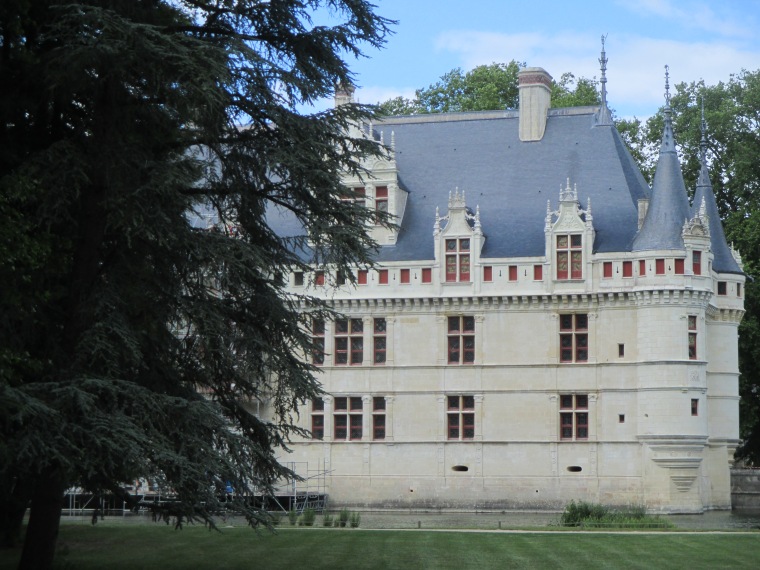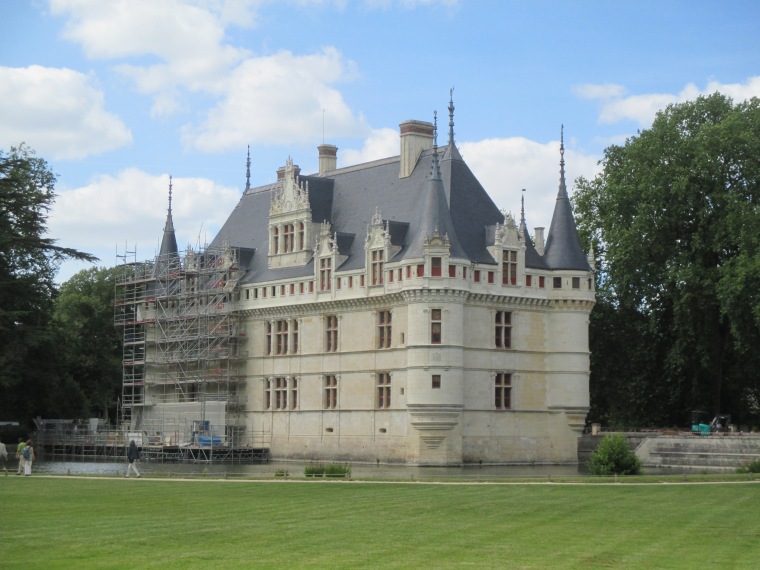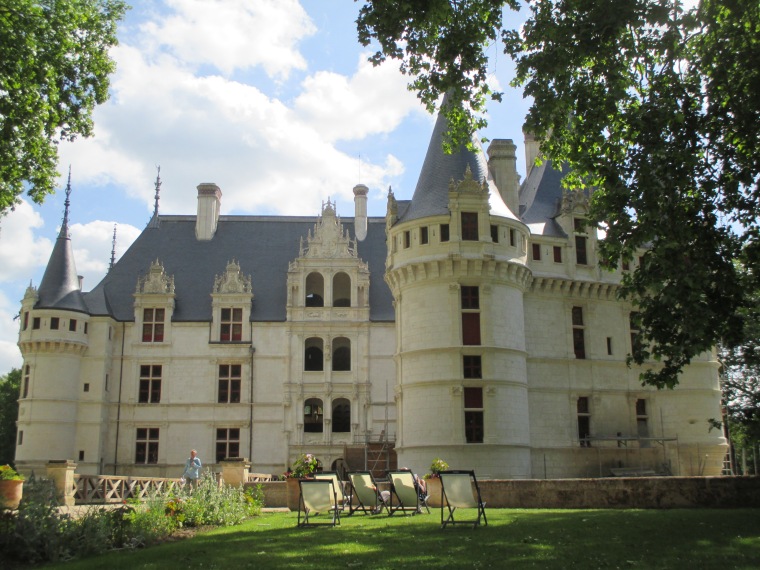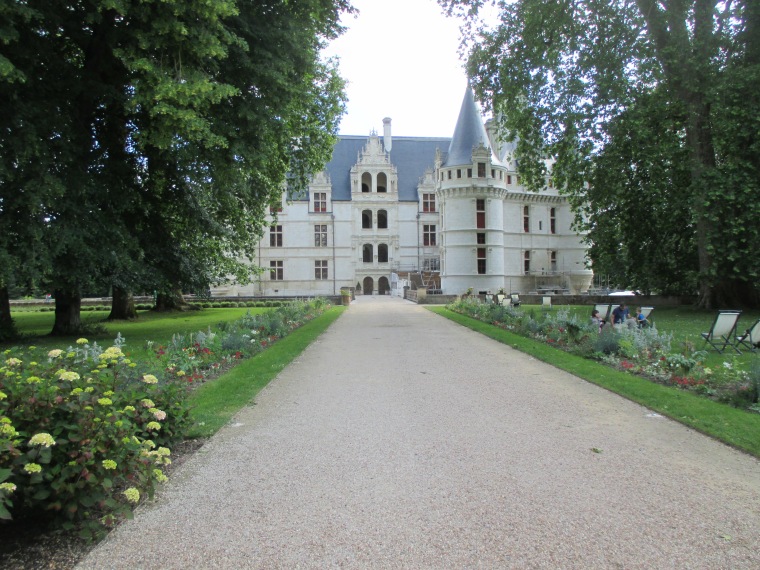After completing the Camino de Santiago in the summer of 2014, our feet must have been tired and our hiking stamina depleted, because we put away our poles, water bottles, and fancy backpacks for a couple of years. In the midst of learning how to balance jobs, master’s degree programs, church and community groups, as well as family, we forgot about something we love to do – go for a rewarding day hike!
Since mid-summer, we’ve taken time to find the best of East Tennessee hiking close to home. After almost totally avoiding the Great Smoky Mountains National Park since a demoralizing experience early in our move to Knoxville (lots of traffic driving through Pigeon Forge, hiking in a cloud), Andrew found roads and hikes into the park that keep the traffic to a minimum, and the views prioritized.
Our favorite hike so far is one that I often thought required hikers to overnight, whether in the LeConte Lodge, or by roughing it in a tent, so I never considered it as an option. Upon consulting our map, we learned that hiking up to Mt. LeConte is a 11-12 mile jaunt, making it doable in a day. Since this is the third highest point in the Smokies, and one often used as a point of reference, we knew we wanted to say we’d done it. We chose to hike up the Alum Cave Trail, which is stunning. The path ascends along a ridge of the mountain that gives adventurers views out onto the park the whole way up. This hike features stream crossings, natural arches, a sandy red bluff created by mining in the 1800’s, and unparalleled views out on neighboring peaks and ridges. The only drawbacks to this hike include the parking situation (the parking lot for Alum Cave Trail is small and popular – lots of folks do stay over night in the lodge), and the number of hikers on the trail itself. This isn’t a grueling trudge all the way to the top; I’d call it moderately strenuous. Since it isn’t thigh-crushing, many visitors to the park will try this trek.
A close second is the hike up to Spence Field and Rocky Top. The hike up to these two view points isn’t as spectacular or as interesting as the Alum Cave trail. In fact, the smooth rocks that create the path bed serve to churn your feet into hamburger meat. But, the reward for schlepping to the bald at Spence Field, and the rocky outcropping at Rocky Top, is well worth it. A major plus to this hike is the scarcity of fellow pilgrims on the trail (hello steep ascents!), and the ease of reaching the trail head. The trail head, located at the ample parking lot at the entrance to Cades Cove, is simple to access. My advice: invite your non-hiking family or friends along and meet them at the picnic grounds at the bottom of the trail head after a hard day’s hike for a grilled feast and a cold drink. Also, next time I hike to Spence Field, I’ll plan to make more of a loop, since Bote Mountain trail kind of sucks (Anthony’s Creek Trail to Bote Mountain Trail, over to Spence Field, along the AT to Russell Field, down the Russell Field trail back over to Anthony’s Creek – this is a LONG hike).
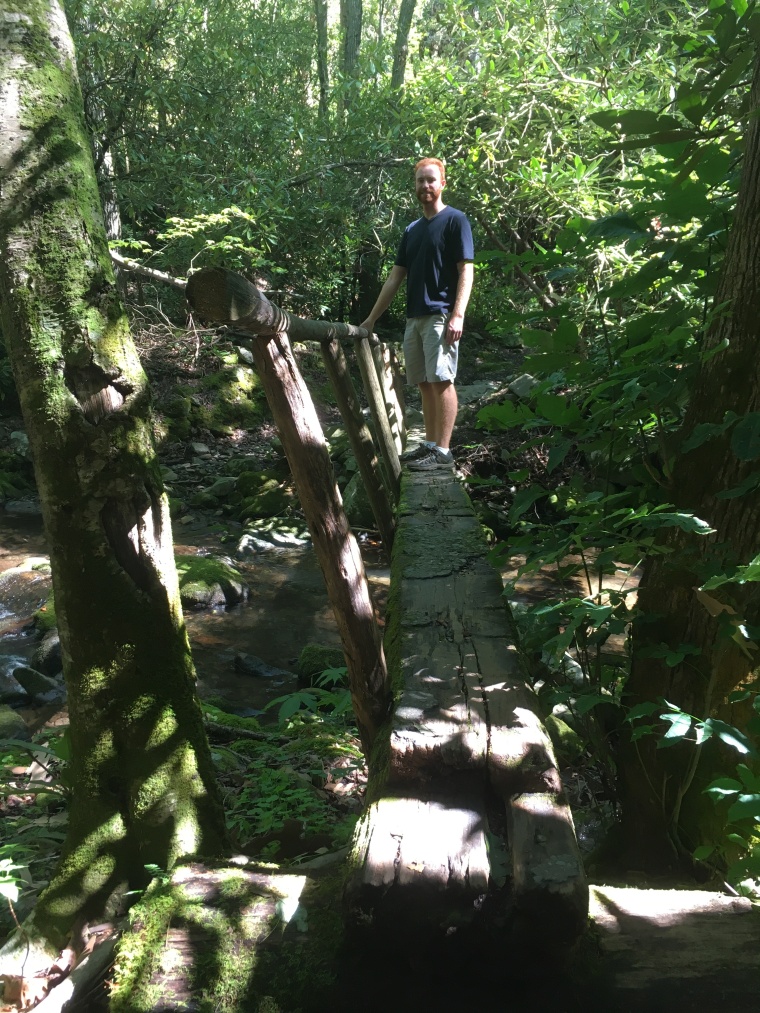

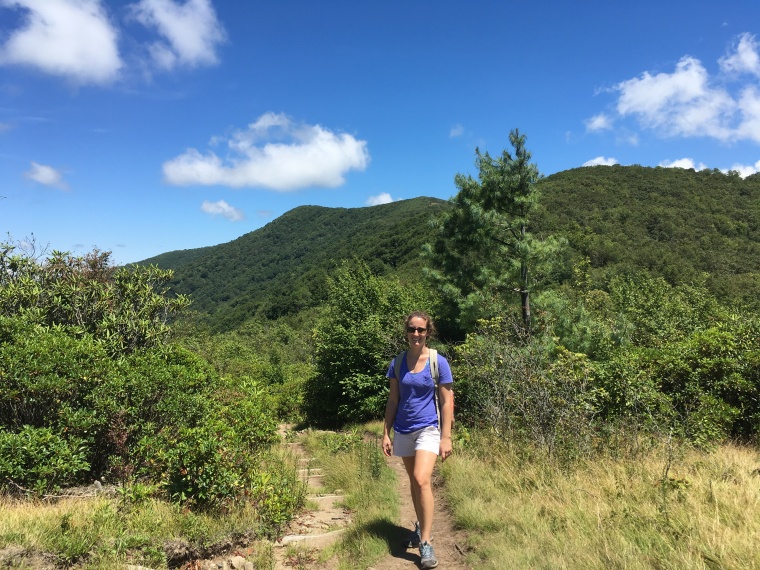
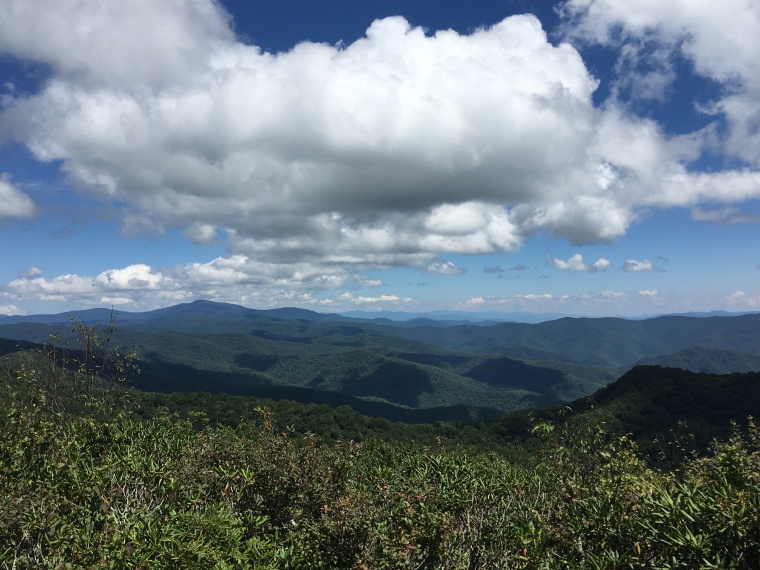
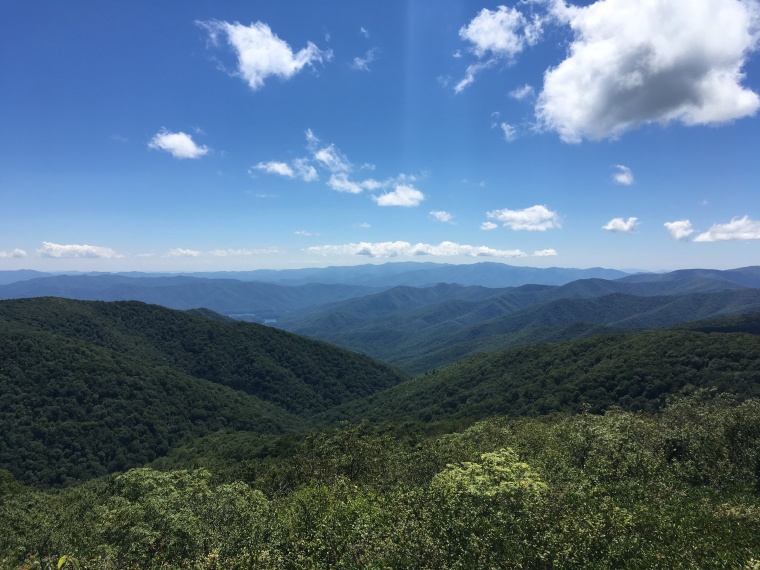

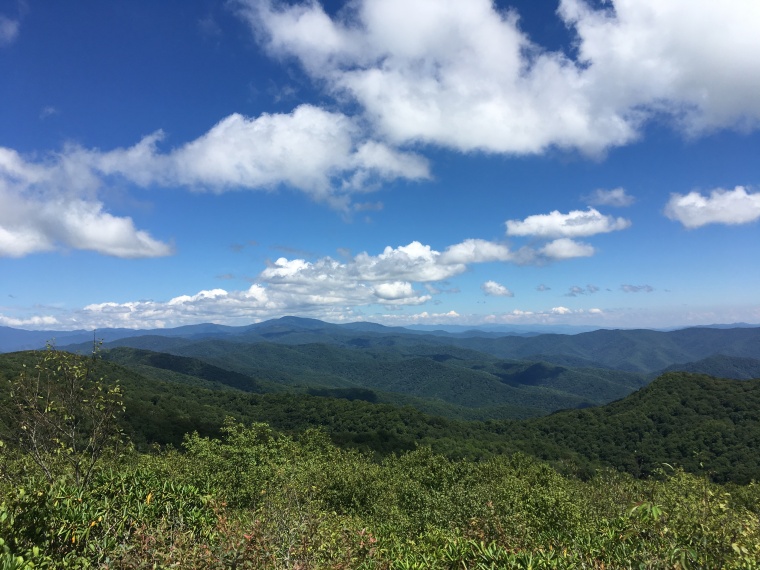
Finally, another worthwhile trek is the walk out to Charlie’s Bunion. This weekend we hiked to Charlie’s Bunion for a second time. The first time, we had no idea we were literally on the precipice of a steep cliff that dropped vertically for what seemed like infinity. The hike out and back to Charlie’s Bunion is about 9 miles (including a detour to the Jump Off – which would have been beautiful, were we not… in a cloud), and is the shortest and the least steep of all three hikes listed here, which of course makes it extremely attractive to “tourists”. Finding a quiet rock for a peanut butter and jelly picnic was impossible, thanks to the nature-loving coeds on fall break, but the view was impressive. Seeing other less cautious adventurers climb on the sharp rocks jutting out over oblivion was also plenty entertaining. Park at the Newfound Gap parking lot, and hike along the Appalachian Trail to enjoy this one.
Have you found any hikes you love in the Smoky Mountains? We’ve also hiked Abrams Falls off Cades Cove Loop, as well as Cammerer’s Mountain at the Cosby Entrance to the park. We’ve got Laurel Falls, as well as another hike to Cammerer’s on our list. I’d also like to hike up to Sterling Mountain via the Baxter Creek Loop, but rumor has it that it is the most difficult hike in the whole park. Enjoy the beautiful fall colors while they last!







